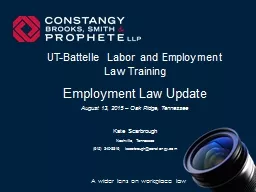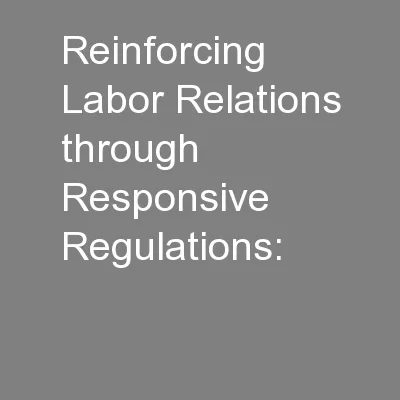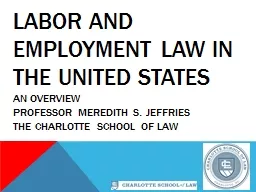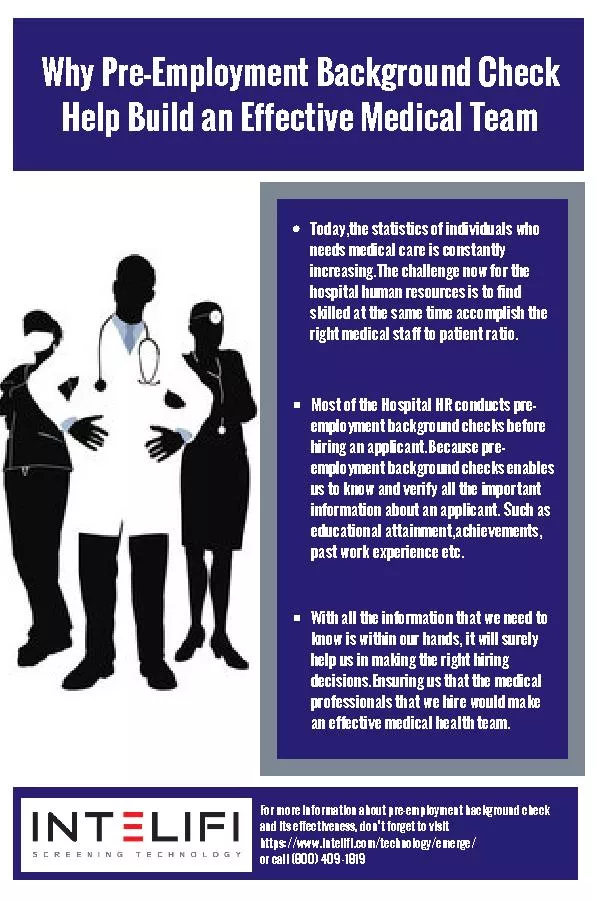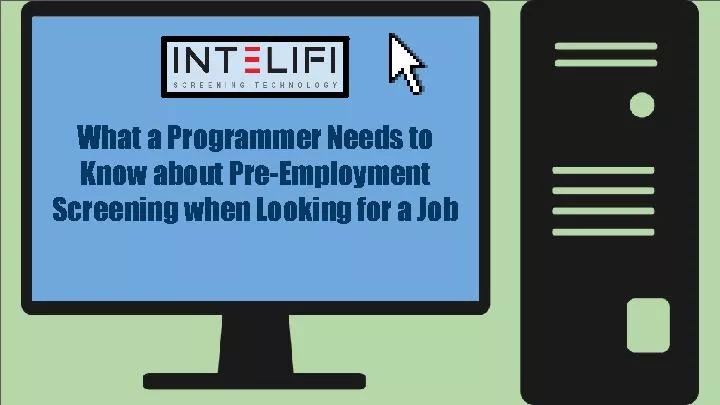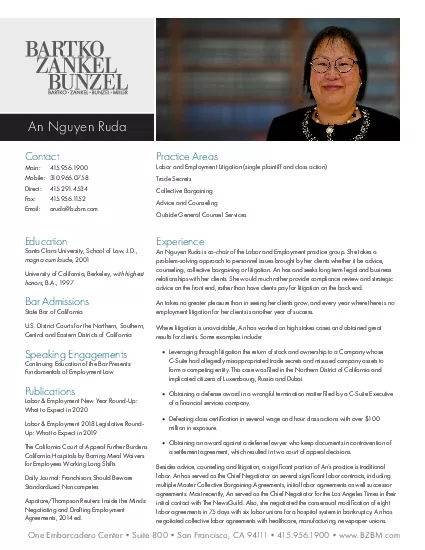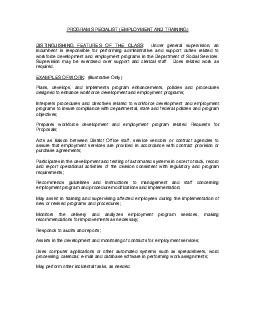PPT-UT-Battelle Labor and Employment Law Training
Author : ellena-manuel | Published Date : 2020-01-08
UTBattelle Labor and Employment Law Training Employment Law Update August 13 2015 Oak Ridge Tennessee Kate Scarbrough Nashville Tennessee 615 3403816 kscarbroughconstangycom
Presentation Embed Code
Download Presentation
Download Presentation The PPT/PDF document "UT-Battelle Labor and Employment Law Tra..." is the property of its rightful owner. Permission is granted to download and print the materials on this website for personal, non-commercial use only, and to display it on your personal computer provided you do not modify the materials and that you retain all copyright notices contained in the materials. By downloading content from our website, you accept the terms of this agreement.
UT-Battelle Labor and Employment Law Training: Transcript
Download Rules Of Document
"UT-Battelle Labor and Employment Law Training"The content belongs to its owner. You may download and print it for personal use, without modification, and keep all copyright notices. By downloading, you agree to these terms.
Related Documents

